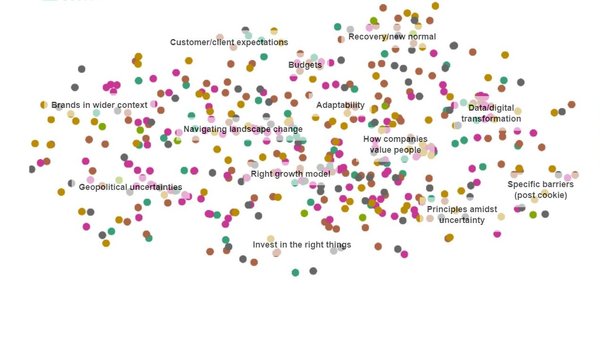Strategist’s Digest: Why it matters how brands show up in video games /
Gaming might not just be a great way to target hard-to-reach audiences, it could also the ideal for building brand associations
Alex Poultney
/
Beyond Affect Transfer: Attribute Associations in Video-Game Brand Placements and Their Impact on Brand Attitudes
By Moritz Ingendahl, Leon Brückner and Tobias Vogel. First published in the Journal of Advertising.
Give it to me in one sentence.
What brands do in video games affects how players think about them.
Give me a little more detail.
The prevailing argument for in-game advertising went something like this. People are having fun when they play video games, and if they see a product or service being advertised, they associate that good feeling with the brand. (The technical term is ‘evaluative conditioning’.)
But a team of researchers suspected it was more complicated than that. They hypothesised that how the brand showed up in the video game could affect how players felt about it.
For example a brand might be seen as ‘speedy’ if it does something that helps players win a motor racing game. (The technical term is ‘attribute conditioning’.)
To test their hypothesis, the researchers created an adventure game, in which players had to guide an avatar through a series of 20 labyrinths, while avoiding robots that shot health-draining bolts of electricity. During the game, players would occasionally encounter four fictitious brands, which had either a positive or negative impact on their avatar’s health or speed.
The researchers recruited 76 students and volunteers to play the game, and they randomised which brands would help or hinder for each player.
After playing for 10 minutes, participants were asked to rate the brands from 1 to 7 for speed, healthiness and how positively they felt about the brand. The researchers found that participants gave the brands higher ratings for speed or healthiness when they improved their avatar’s health or speed in the game. They also rated the brands more positively overall when the brands had positive impacts on health or speed in-game. Similarly, negative experiences led to negative brand evaluations.
Supporting the attribute conditioning hypothesis, the higher participants rated brands for health or speed, the more likely they were to give brands a higher positivity rating overall. The results suggest that brands aren’t just viewed more positively because of their association with the game, but because the context of the game builds associations for specific, positive brand attributes.
Why is this interesting?
It’s unlikely that marketers would ever allow their brands to act as a hazard in a video game like they did in this research, but the results suggest they should look for opportunities where they can provide players with a boost, and ideally in a way that mirrors the benefits or promises of the product or service.
In recent years brands have used guerrilla tactics to get into games without the authorisation of the publishers. While it seems like good exposure, if brands aren’t able to arrange some level of control over the positivity or negativity of the in-game interactions, it could backfire.
Any weaknesses?
Because the study used fake brands which participants had never encountered before, the interactions may have had an exaggerated effect. Little can be understood about how much this conditioning would affect people’s evaluations of brands that they have a pre-existing relationship with. In fact, previous studies have shown that the impacts of brand placements are smaller for brands that consumers are already familiar with.
Where can I find the whole report?
Here, and it’s free.
Want more research? /
Contagious IQ is packed with summaries of the most interesting and relevant studies on how advertising works and people behave, as well best-in-class campaigns from the around the world, in-depth strategy interviews with agencies and marketers, and much more. Click here to book a free demo.
Want more of the same? /
We don’t just write about best-in-class campaigns, interviews and trends. Our Members also receive access to briefings, online training, webinars, live events and much more.






